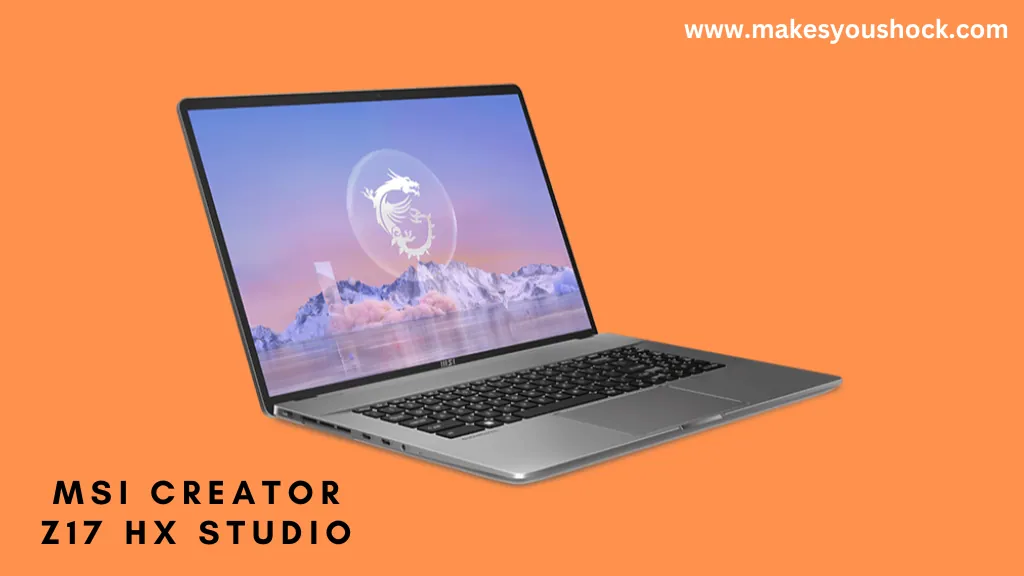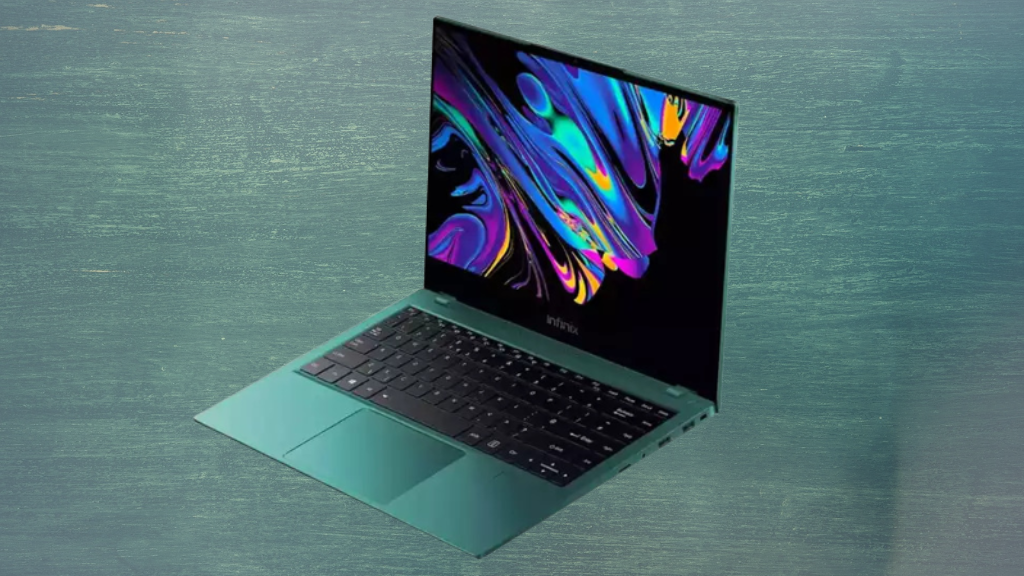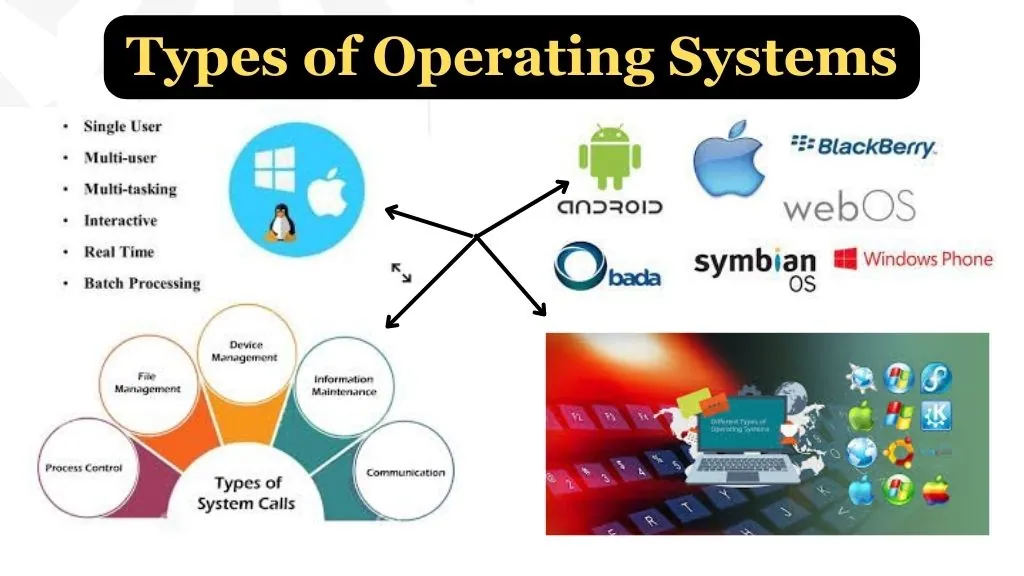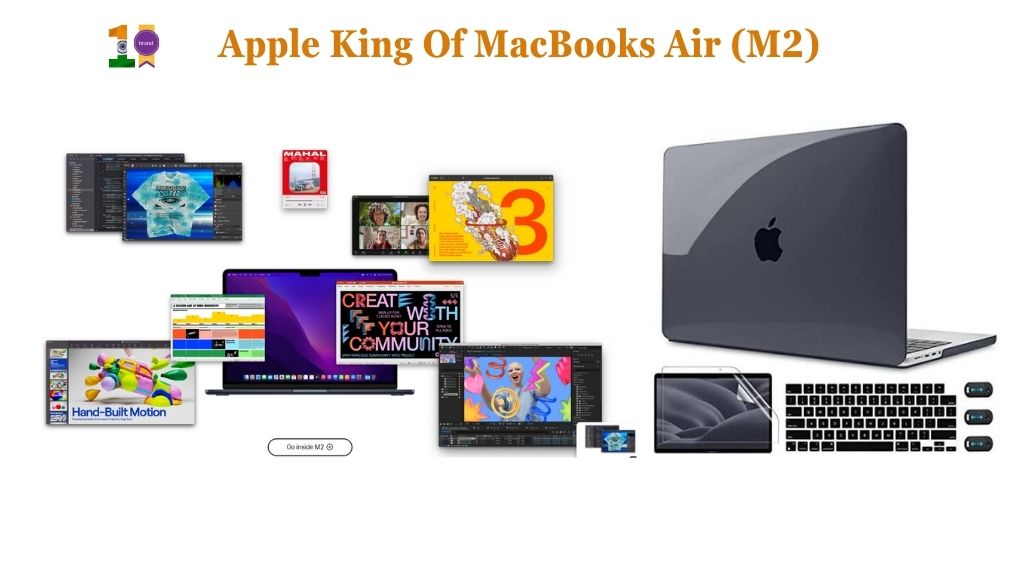In an era where our lives are increasingly interlinked with technology, our laptops have become essential tools for work, communication, and leisure. Yet, as we rely on these devices more than ever, the need to Secure Your Laptop them and protect our valuable data has never been greater. We will delve into the micro-niche of laptop security, providing you with essential tips and strategies to keep your laptop and data safe from cyber threats.
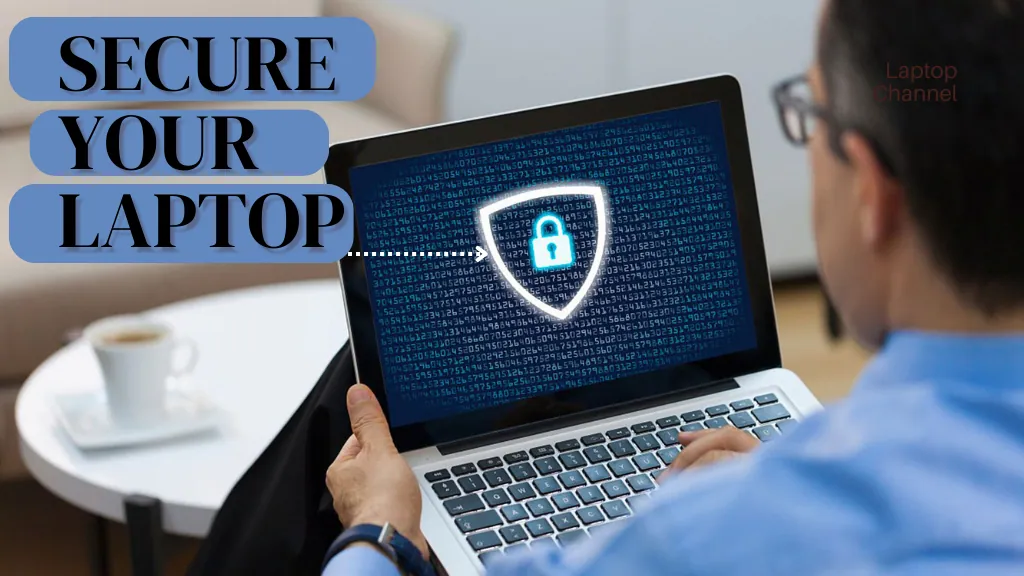
Understanding the Threat Landscape
Malware and Viruses:
Malware and viruses are digital parasites that can silently infiltrate your laptop, causing havoc. They include viruses, worms, Trojans, ransomware, and spyware, among others. These malicious programs can corrupt files, steal sensitive information, or even render your laptop unusable.
Protecting Against Malware and Viruses
To Secure Your Laptop from these threats:
- Install Antivirus Software: Invest in reputable antivirus software and keep it up to date. This software scans your laptop for known malware and viruses, preventing infections.
- Regular Scans: Schedule regular scans of your laptop to identify and remove potential threats. Most antivirus programs offer automatic scanning options.
- Beware of Email Attachments: Avoid opening email attachments or downloading files from untrusted sources. Malware often arrives via email.
Phishing and Social Engineering:
Phishing attacks involve tricking individuals into revealing sensitive information, such as login credentials, credit card numbers, or personal details. Social engineering tactics prey on human psychology to manipulate victims.
Guarding Against Phishing and Social Engineering
To defend against these deceptive tactics:
- Use Two-Factor Authentication (2FA): Enable 2FA wherever possible to add an extra layer of security. Even if attackers obtain your password, they won’t access your account without the second authentication factor.
- Educate Yourself: Familiarize yourself with common phishing red flags, such as generic greetings, urgent requests, and misspelled URLs.
Data Theft and Identity Theft:
Theft of data and identity can have severe effect, both personally and financially. Cybercriminals may use stolen information for fraudulent activities, leading to substantial losses and emotional distress.
Safeguarding Against Data and Identity Theft
To Secure Your Laptop against these grave threats:
- Data Encryption: Encrypt sensitive files and communications. Encryption converts data into a code that is unreadable without the decryption key.
- Use Secure Connections: Ensure that websites you visit use HTTPS for secure data transmission. Avoid public Wi-Fi networks for sensitive tasks.
- Monitor Financial Transactions: Regularly review your bank and credit card statements for any unauthorized charges. Report discrepancies immediately.
Essential Tips To Secure Your Laptop
1. Strong Password Practices:
Your laptop password is your first line of defense against unauthorized access. Weak or easily guessable passwords can leave your data vulnerable.
2. Two-Factor Authentication (2FA):
2FA adds an extra layer of protection by requiring you to provide two forms of identification before accessing your accounts. This greatly enhances your laptop’s security.
Enabling 2FA
Here’s how to enable 2FA on various accounts:
- Email: Most email providers offer 2FA options in their settings.
- Social Media: Platforms like Facebook, Twitter, and LinkedIn support 2FA.
- Financial Accounts: Banks and financial institutions often provide 2FA for added security.
3. Software and OS Updates:
Outdated software and operating systems can contain vulnerabilities that cybercriminals exploit. Regular updates are essential to patch these security holes.
Keeping Your Laptop Up to Date
Follow these steps to ensure your laptop’s software is up to date:
- Regular Checks: Manually check for updates if automatic updates are disabled.
- Third-Party Software: Don’t forget to update third-party applications like web browsers and plugins.
4. Antivirus and Anti-Malware Solutions:
Antivirus and anti-malware software act as digital bodyguards, scanning your laptop for threats and blocking malicious activity.
Choosing and Using Antivirus Software
To make the most of antivirus software:
- Select a Reputable Provider: Choose a well-known antivirus provider with a proven track record.
- Regular Scans: Set up regular scans to check for malware.
- Real-Time Protection: Enable real-time protection to prevent malware from executing.
5. Firewall Protection:
A firewall acts as a digital barrier between your laptop and potential threats from the internet. It monitors incoming and outgoing network traffic, allowing or blocking data based on predefined security rules.
Configuring and Using Firewalls
Ensure your firewall is active and configured correctly:
- Built-In Firewalls: Most operating systems have built-in firewalls that you can enable.
- Custom Rules: Customize firewall rules to allow or block specific applications and services.
6. Safe Browsing Practices:
Practicing safe browsing is essential to avoid falling victim to malicious websites or downloads.
Tips for Safe Browsing
To navigate the internet securely:
- Check Website URLs: Ensure that websites use “https://” for secure connections.
- Download Wisely: Download software and files only from reputable sources.
- Stay Informed: Keep up with the latest cybersecurity news and threats.
7. Data Encryption:
Encryption transforms your data into an unreadable format, protecting it from prying eyes.
Encrypting Your Data
To implement data encryption:
- File Encryption: Use software like BitLocker (Windows) or FileVault (macOS) to encrypt specific files or folders.
- Communication Encryption: Use messaging apps with end-to-end encryption for secure conversations.
8. Backup Strategies: Preparing for the Worst
Regular backups ensure that even if your laptop is compromised, your data remains safe.
Implementing Backup Solutions
Consider these backup strategies:
- Cloud Backups: Use cloud storage services to automatically back up your data.
- External Drives: Create local backups on external hard drives or SSDs.
- Scheduled Backups: Set up scheduled backups to ensure data is continually updated.
9. Physical Security: Beyond Digital Threats
Physical security measures are just as crucial as digital safeguards. Secure Your Laptop from theft or damage.
Enhancing Physical Security
To bolster physical security:
- Use Locks: Invest in laptop locks for added security, especially in public places.
- Tracking Devices: Consider tracking devices or software that can help locate your laptop if it’s stolen.
- Secure Home Office: Secure your home office against robbery.
Secure Your Laptop in Different Environments
1. Home Environment:
In your home, you have more control over your laptop’s security.
Securing Your Home Environment
Ensure your home is a safe computing space:
- Secure Wi-Fi: Use a strong, unique password for your home Wi-Fi network.
- Family Education: Educate family members about cybersecurity practices.
2. Workplace Environment:
Workplace security often involves collaboration with IT departments and adherence to company policies.
Workplace Security Practices
In a workplace environment:
- Compliance: Follow your organization’s security policies and guidelines.
- IT Support: Reach out to your IT department for laptop security support.
- Reporting Incidents: Report security incidents or concerns promptly.
3. Public Wi-Fi and Travel:
Public Wi-Fi networks and travel present unique security challenges.
Travel Security Considerations
When traveling or using public Wi-Fi:
- Use a VPN: Employ a Virtual Private Network (VPN) for secure browsing.
- Disable Sharing: Turn off file and printer sharing when on public networks.
- Update Software: Ensure your laptop and security software are up to date.
4. Remote Work and Telecommuting:
Remote work and telecommuting have become prevalent, demanding a focus on home office security.
Securing Your Remote Work Environment
For secure remote work:
- Router Security: Secure your home router with a strong password and firmware updates.
- VPN for Work: Use a VPN provided by your employer for secure connections.
- Device Security: Secure all devices used for remote work, including printers and smart home devices.
Secure Your Laptop and protecting your data are not optional tasks; they are necessities in today’s digital landscape. Whether you use your laptop for work, leisure, or both, the responsibility falls on you to safeguard it from potential threats.
Implementing strong password practices, enabling 2FA, keeping your software up to date, and using antivirus software are fundamental steps. Beyond that, you must exercise caution online, encrypt sensitive data, and regularly back up your information. In your physical environment, take precautions against theft and damage.

